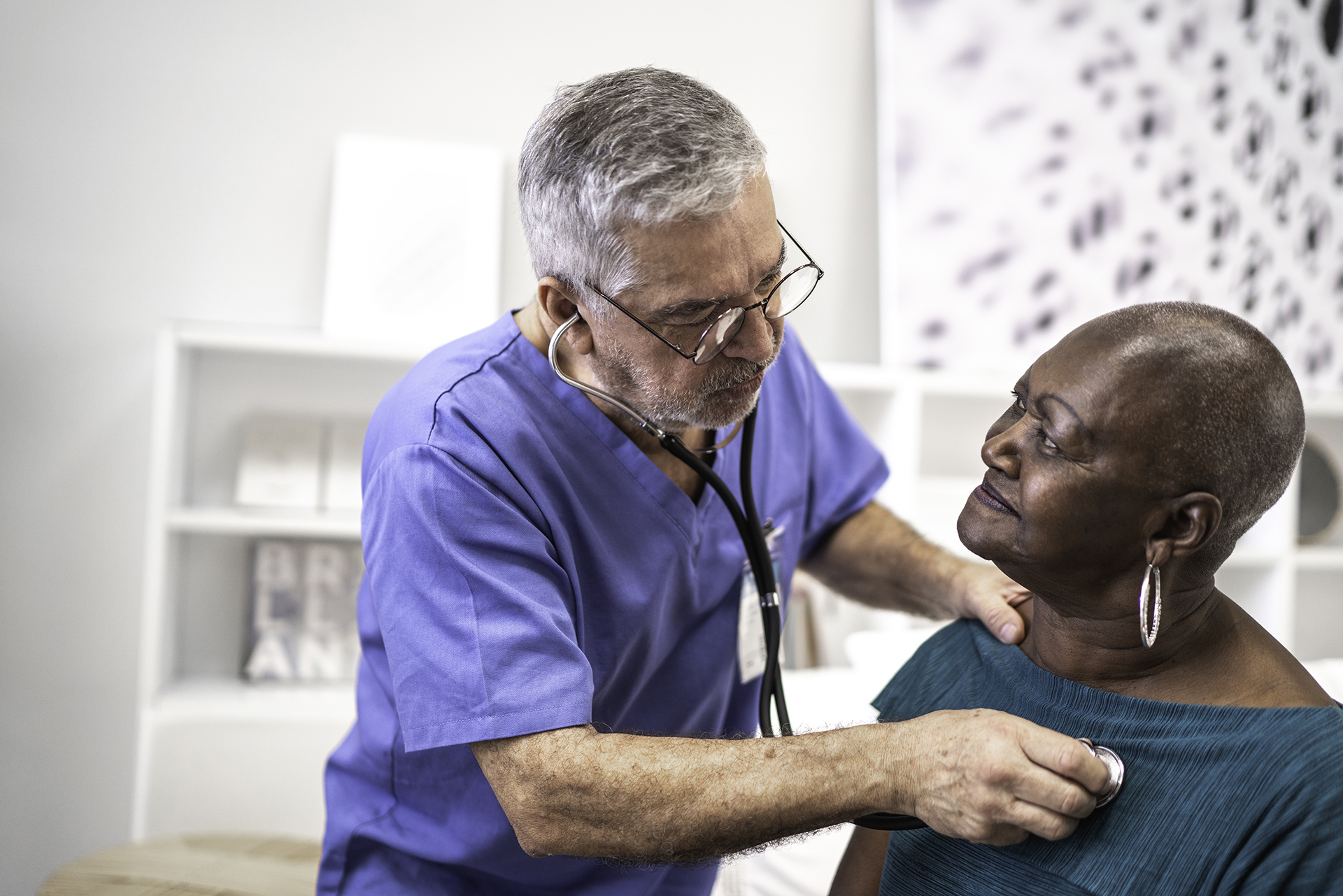Screening mammograms are for routine cancer surveillance in women with no current breast symptoms such as lumps.
Screening guidelines are controversial, however there is overwhelming scientific evidence supporting yearly mammography starting at age 40 for most women, or earlier if you have certain risk factors.
The VCU Breast Imaging Center provides our latest screening recommendations and guidelines, which follow, among others, the American College of Radiology, the Society of Breast Imaging, The American College of Breast Surgeons, and the National Comprehensive Care Network (NCCN). Discuss with your clinician to create a screening plan.
When should breast self-examination be done?
This is also controversial. Breast self-examination (BSE) is no longer formally recommended by the American Cancer Society. However, most clinicians and breast specialists agree that it’s important to be aware of how your breasts usually look and feel (“breast awareness”) so that you may notice any change from what is normal for you.
Women can begin practicing breast self-examination around age 20 and continue the practice throughout their lives — even during pregnancy and after menopause.
If you perform BSE, try to do it every month.
- If you still menstruate, the best time to do breast self-examination is about 7-10 days after the first day of your period. These are the days when your breasts are least likely to be tender or swollen.
- If you no longer menstruate, pick a certain day — such as the first day of each month — to remind yourself to do breast self-examination.
- If you are taking hormones, talk with your physician about when to do breast self-examination.
By doing breast self-examination regularly, you’ll get to know how your breasts normally feel so that you are more apt to detect any change.
Based on your self-exam, check with your clinician if you find any change in your breast(s) or armpit that causes you concern. Changes may include:
- Development of a lump
- Nipple discharge that comes out on its own when not breastfeeding
- Swelling of the breast
- Skin irritation or dimpling
- Nipple changes (such as pain, itching, redness, turning inward)
- Pain in one spot ("focal")
If you have a new breast symptom, you will need a diagnostic mammogram, and possibly an ultrasound, instead of a routine screening mammogram. This allows the Radiologist to obtain additional images to check your area of concern during your visit.
It’s important to note that most of the changes women feel in their breasts, and most findings on mammograms and ultrasounds, are non-cancerous (benign), often due to hormonal / fibrocystic change.


